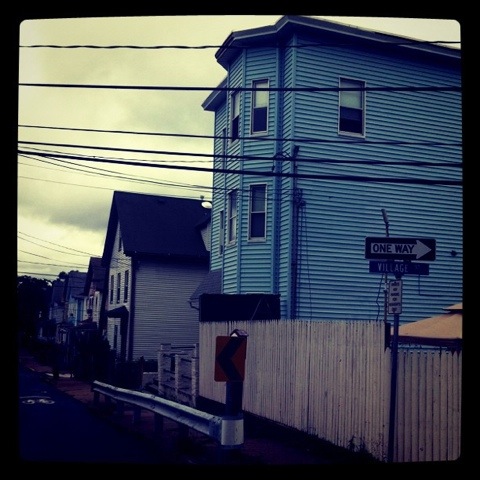I just finished my first draft of my paper on the purpose of schooling. I’ve posted it open to edits on Google Docs with the following letter to those interested in helping:
Hello,This is my Purpose Paper. I’ve posted it online for your thoughts and feedback. The final paper is due Monday, Nov. 7 @ 8 PM, so I’ll probably take it down sometime Monday morning. This paper is worth around 50% of my grade for this class, so it’s important in that way. Mostly, though, this paper contains ideas in which I believe profoundly. Because of that I want to make sure I make the case for them and communicate them as best as I can.
With that in mind, I welcome your help. I know the Internet is a place where anonymity can allow us to give in to the urge to rip and shred. While I don’t shy from critique, these are my ideas and they come from my beliefs. I guess I’m asking for the humanity you would hope any teacher show any child in their care. Thank you, in advance, for helping me with my learning. The rubric for the paper is at the end. Feel free to comment there any anywhere else within the text.
The tenets of the assignment:
Beneath many aspects of school reform often lie articulated and unarticulated beliefs about the purposes of schooling. In order to provide a foundation from which to explore your developing knowledge about school reform, please write a well structured essay (not to exceed 2250 words) answering the following questions:
- What do you think the purpose(s) of schooling should be? Why do you think this should be the purpose of schooling?
- What has informed the evolution of your beliefs (you may reference past experiences, readings, research, work in the field and so on)?
- What would a school or other educational setting that embodied your vision look like?
If you have any questions, feel free to direct them to my twitter account (@MrChase).
Thank you,
Zac Chase





